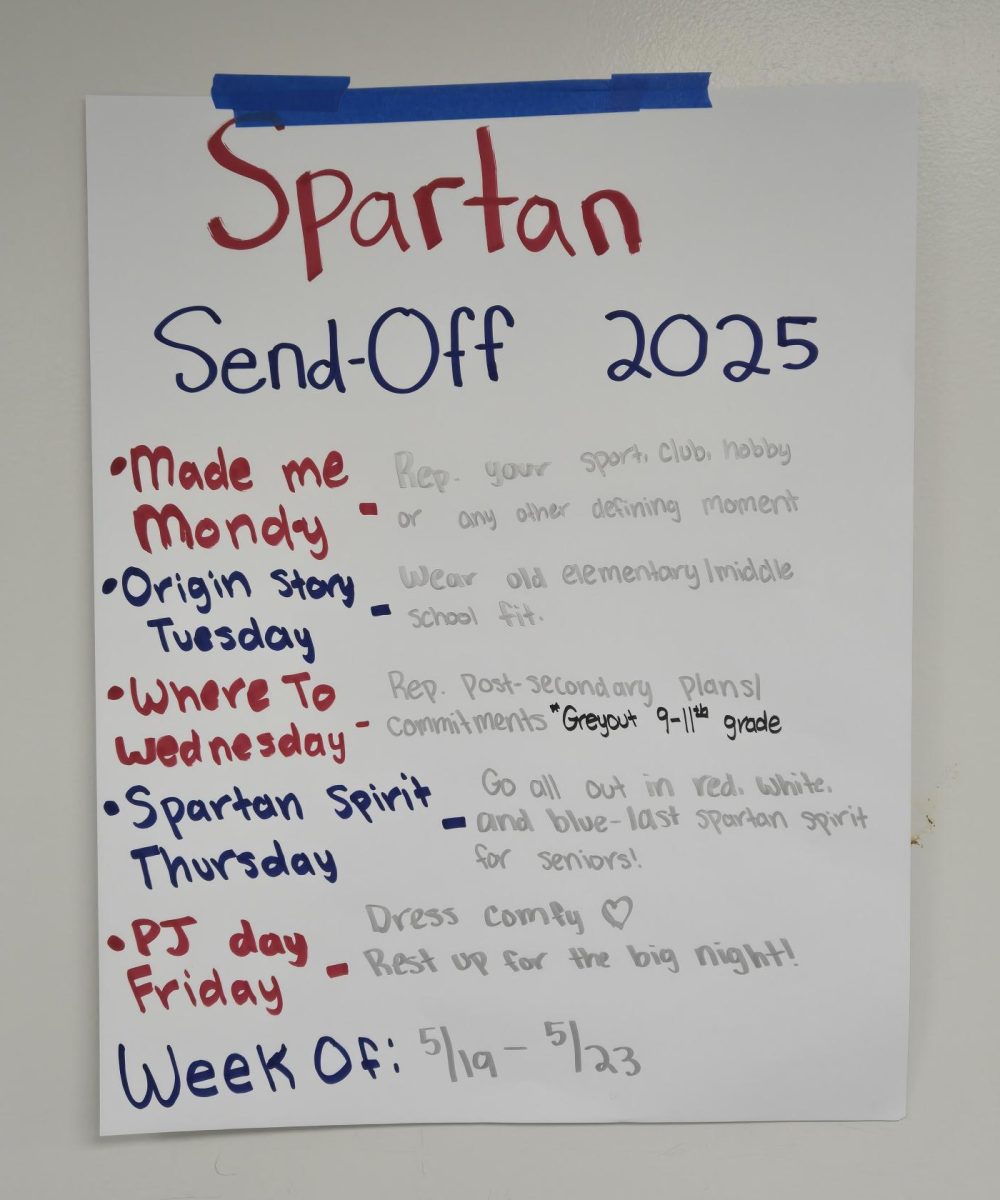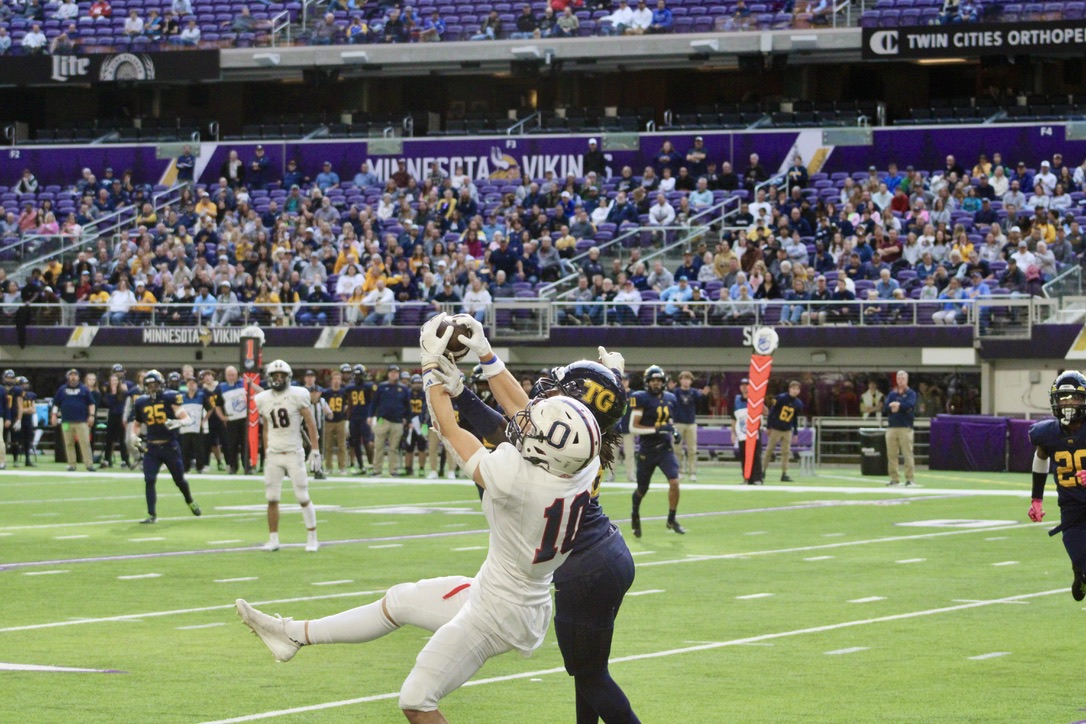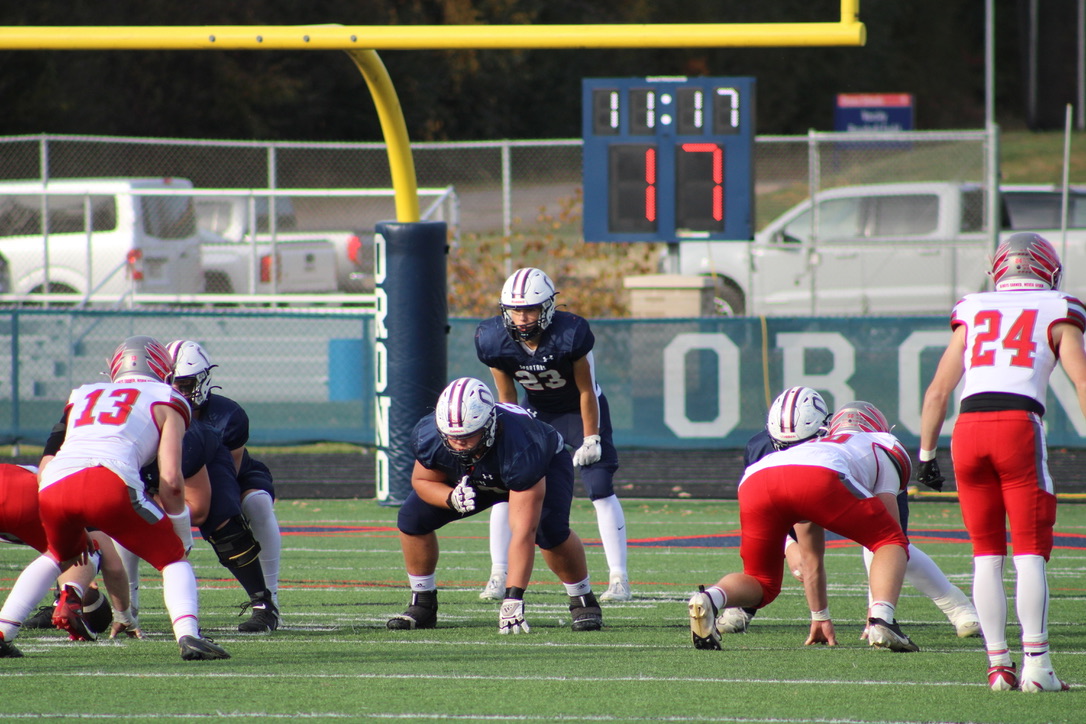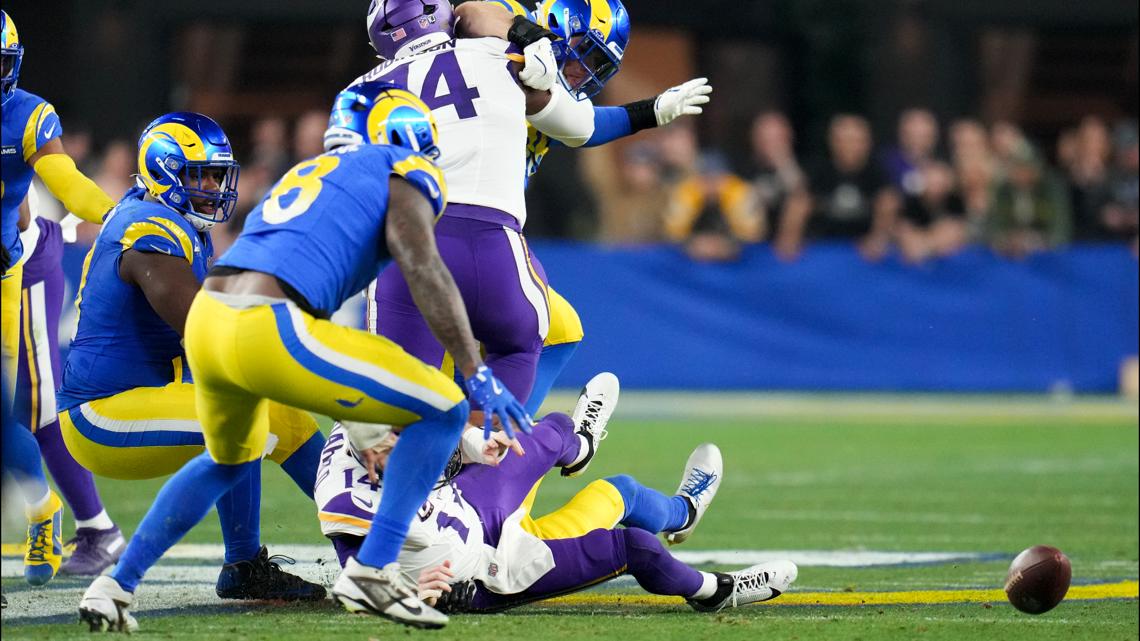Boys Feel Pressure to Have a Perfect Body Too
Many people are too focused on women’s bodies and their insecurities to recognize that men feel insecurities and pressures to have the perfect body too. From body dysmorphia to eating disorders, every gender can experiences these struggles. Not just women.
Men’s dissatisfaction with their overall appearance has nearly tripled in the last 3o years, according to Dr. Roberto Olivardia from the Massachusetts Eating Disorder Association. Olivardia is concerned with the increasing false imagery of male bodies on social media from “v lines” to six packs and a lean waist.
“I want to have a good body so girls think higher of me and will want to potentially date me,” freshman Josh Mandelhoff said.
Male insecurities are not too far off from female insecurities. Having a “good butt” and a flat stomach are all physicalities many girls strive to achieve. Some girls will say they workout for themselves, but many have admitted that they workout to catch boys’ attention and receive admiration for their bodies. Mendeloff and many other boys feel the same way and workout for the same reasons.
“I do not think girls think or realize boys have insecurities too because they are thinking about their own insecurities,” freshman Davey Johnson said.
Body dysmorphic disorder is defined as a preoccupation with an imagined defect in appearance or an excessive concern for a slight physical defect, according to Olivardia in her Health Weight Journal. A subtype of BDD is muscle dysmorphia. This disorder is something many men struggle with. When people with muscle dysmorphia look in the mirror they only see the need to be leaner and more muscular, no matter how fit they are already.
“We are expected to be tall as well, when this is something men can not control,” senior Blaine Bauman said, “you are also more likely to get the attention of a girl or anyone when you do have a fit and muscular body.”
Men and teenage boys’ struggle with BDD and muscle dysmorphia is hardly ever talked about. This is due to the fact that men do not want to be viewed as vain, feminine or homosexual according to Kelly Rae Chi. The idea that men cannot be vulnerable or insecure because it hurts their masculinity is toxic masculinity and something that society should recognize and change, so BDD does not affect younger generations.
18.6 percent of adolescent boys are concerned with their appearance and have a poor body image, according to the science magazine Nature. Body expectations for young boys are shown early on, particularly in costumes like superhero costumes. These costumes often include puffy padding to mimic fake muscles for little boys. Unrealistic body images are set for boys even as young children.
Because male insecurities and body image disorders are so hushed by society, it is hard to make a change and raise BDD and muscle dysmorphia awareness for men. If there was widespread awareness about the topic, more men could get professional medical help and realize they are not the only men struggling with insecurities.






















































